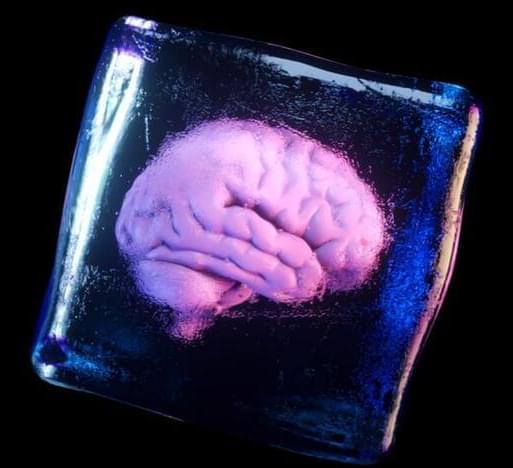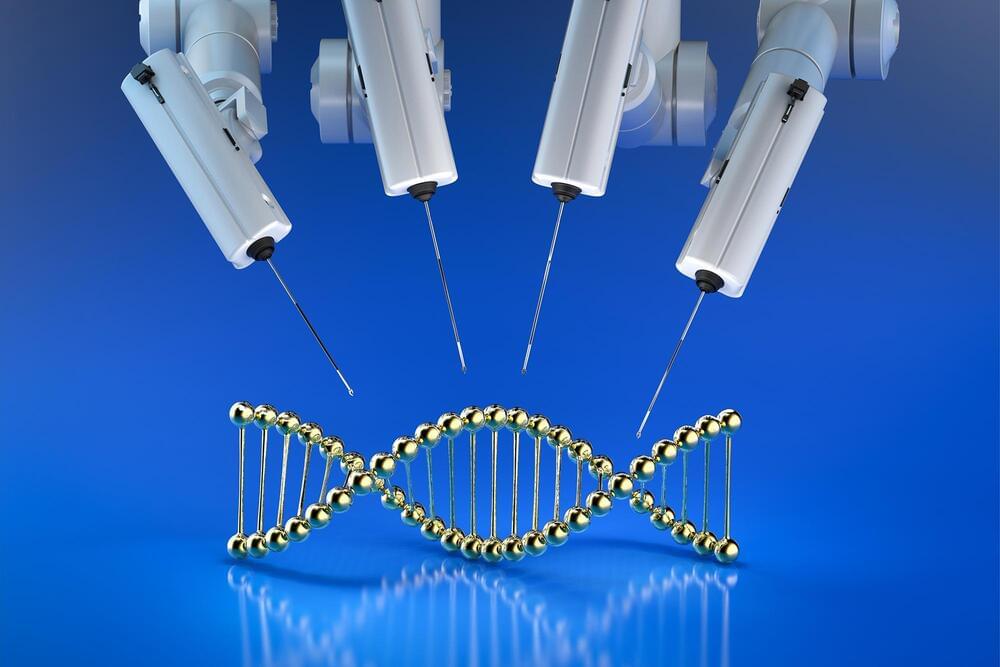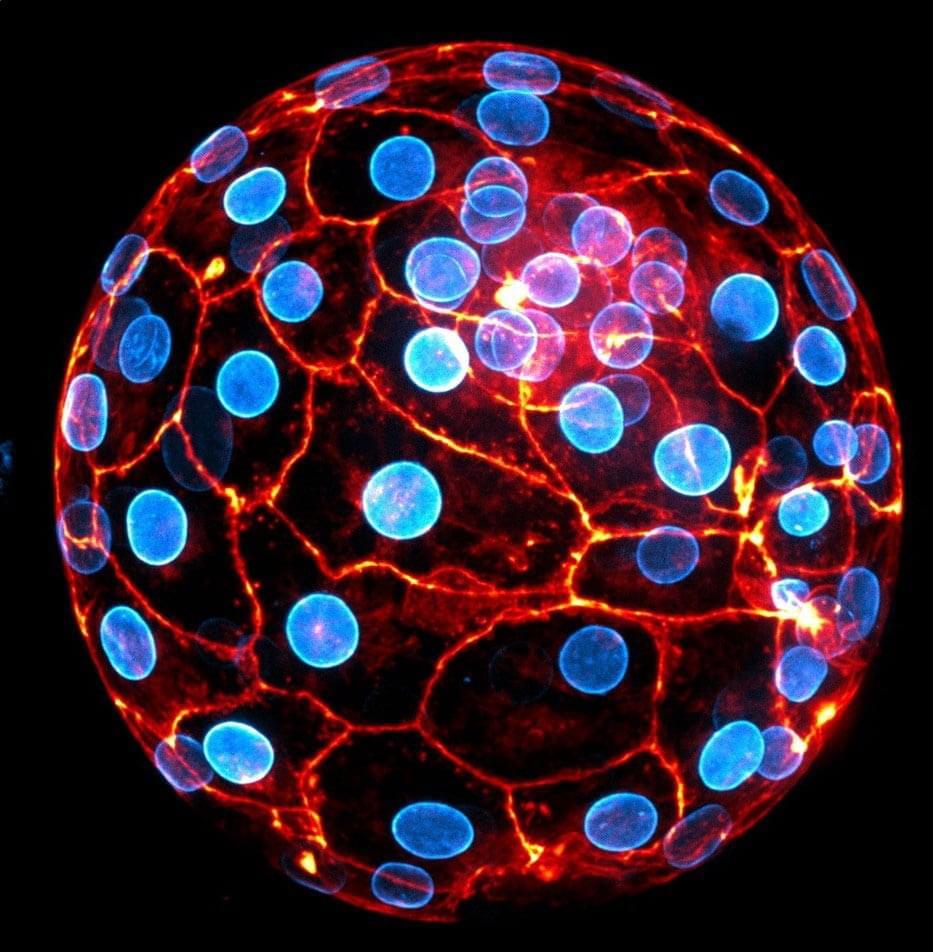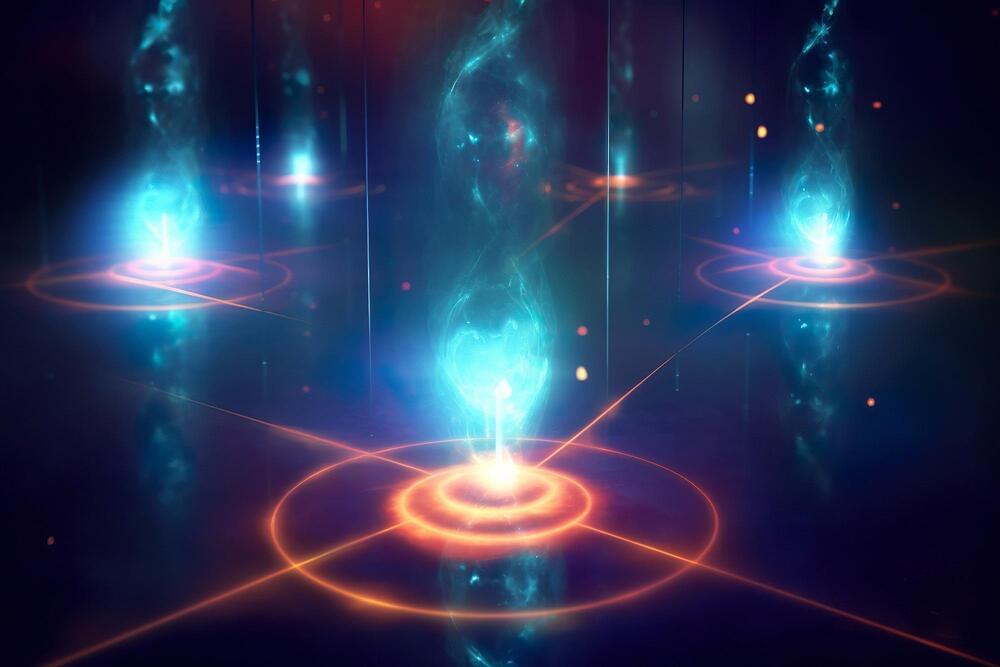Futurists, including some medical doctors, are signing up to be decapitated—and then have their brains frozen. But without a body, what will their minds become?



The Church of Jesus Christ of Latter-day Saints published some statements about artificial intelligence (AI). The Church is by far the largest Mormon denomination – and that of which I’m a member. Its statements influence the perspectives and actions of millions of Mormons worldwide. Friends called the Church’s statements to my attention, asking for my thoughts.

Is there intelligent life somewhere in the cosmos? People have been debating this issue for centuries, if not millennia. However, with programs like SETI (Search for Extraterrestrial Intelligence) employing radio telescopes to actively listen for radio messages from alien civilizations, we’ve only recently had a real chance of finding out.
Should these searches be successful, what should we anticipate finding? I made this assumption during a talk at a conference for the SETI project Breakthrough Listen: it is highly unlikely to be little green men.

As the AI bubble continues inflating at lightning speed, the people doing the industry’s grunt work are feeling the churn.
In interviews with CNBC, AI engineers from giant companies including Amazon, Google, and Microsoft say that they’ve been under immense pressure to build new products for their employers — except that on many occasions, the features they work tirelessly to deliver are shelved at the finish line.
One Amazon AI engineer, who spoke to CNBC anonymously over concerns of retaliation, said that he was assigned an urgent project on a Friday night that was due Monday morning by 6 am. Despite having out-of-town company, he blew them off to spend the entire weekend working on the project — only to learn later that it had been “deprioritized.”

A study from the Hackett group at EMBL Rome led to the development of a powerful epigenetic editing technology, which unlocks the ability to precisely program chromatin modifications.
Understanding how genes are regulated at the molecular level is a central challenge in modern biology. This complex mechanism is mainly driven by the interaction between proteins called transcription factors, DNA regulatory regions, and epigenetic modifications – chemical alterations that change chromatin structure. The set of epigenetic modifications of a cell’s genome is referred to as the epigenome.
Advancements in Epigenome Editing.

An international research team at the Facility for Rare Isotope Beams (FRIB) at Michigan State University has successfully created five new isotopes, bringing the stars closer to Earth.
The isotopes — known as thulium-182, thulium-183, ytterbium-186, ytterbium-187, and lutetium-190 — were reported Feb. 15 in the journal Physical Review Letters.
These represent the first batch of new isotopes made at FRIB, a user facility for the U.S. Department of Energy Office of Science, or DOE-SC, supporting the mission of the DOE-SC Office of Nuclear Physics. The new isotopes show that FRIB is nearing the creation of nuclear specimens that currently only exist when ultradense celestial bodies known as neutron stars crash into each other.

A breakthrough study by the Institut Curie reveals that embryonic cell compaction in humans is caused by cell contraction, offering new insights to enhance assisted reproductive technology success rates.
In human development, the compaction of embryonic cells is a vital process in the early stages of an embryo’s formation. Four days post-fertilization, the cells tighten together, helping to form the embryo’s initial structure. If compaction is flawed, it can hinder the development of the essential structure needed for the embryo to attach to the uterus. During assisted reproductive technology (ART), this stage is meticulously observed before the embryo is implanted.
An interdisciplinary research team led by scientists at the Genetics and Developmental Biology Unit at the Institut Curie (CNRS/Inserm/Institut Curie) studying the mechanisms at play in this still little-known phenomenon has made a surprising discovery: human embryo compaction is driven by the contraction of embryonic cells. Compaction problems are therefore due to faulty contractility in these cells, and not a lack of adhesion between them, as was previously assumed. This mechanism had already been identified in flies, zebrafish, and mice, but is a first in humans.

Researchers succeeded in conducting an almost perfect quantum teleportation despite the presence of noise that usually disrupts the transfer of quantum state.
In teleportation, the state of a quantum particle, or qubit, is transferred from one location to another without sending the particle itself. This transfer requires quantum resources, such as entanglement between an additional pair of qubits. In an ideal case, the transfer and teleportation of the qubit state can be done perfectly. However, real-world systems are vulnerable to noise and disturbances — and this reduces and limits the quality of the teleportation.
Advancements in Noise-Resilient Teleportation.

Researchers have made a significant advancement in quantum computing by adapting a microwave circulator to precisely control the nonreciprocity between a qubit and a resonant cavity. This innovation not only enhances the control within quantum computers but also simplifies the theoretical models for future research.
Scientists led by the University of Massachusetts Amherst have adapted a device called a microwave circulator for use in quantum computers, allowing them for the first time to precisely tune the exact degree of nonreciprocity between a qubit, the fundamental unit of quantum computing, and a microwave-resonant cavity. The ability to precisely tune the degree of nonreciprocity is an important tool to have in quantum information processing.
In doing so, the team, including collaborators from the University of Chicago, derived a general and widely applicable theory that simplifies and expands upon older understandings of nonreciprocity so that future work on similar topics can take advantage of the team’s model, even when using different components and platforms. The research was published recently in Science Advances.

Rochester researchers harnessed adaptive optics to gain insight into the complex workings of the retina and its role in processing color. They have identified elusive retinal ganglion cells (RCGs) in the eye’s fovea that could explain how humans see red, green, blue, and yellow.
Scientists have long wondered how the eye’s three cone photoreceptor types work together to allow humans to perceive color. In a new study in the Journal of Neuroscience, researchers at the University of Rochester used adaptive optics to identify rare retinal ganglion cells (RGCs) that could help fill in the gaps in existing theories of color perception.
The retina has three types of cones to detect color that are sensitive to either short, medium, or long wavelengths of light. Retinal ganglion cells transmit input from these cones to the central nervous system.